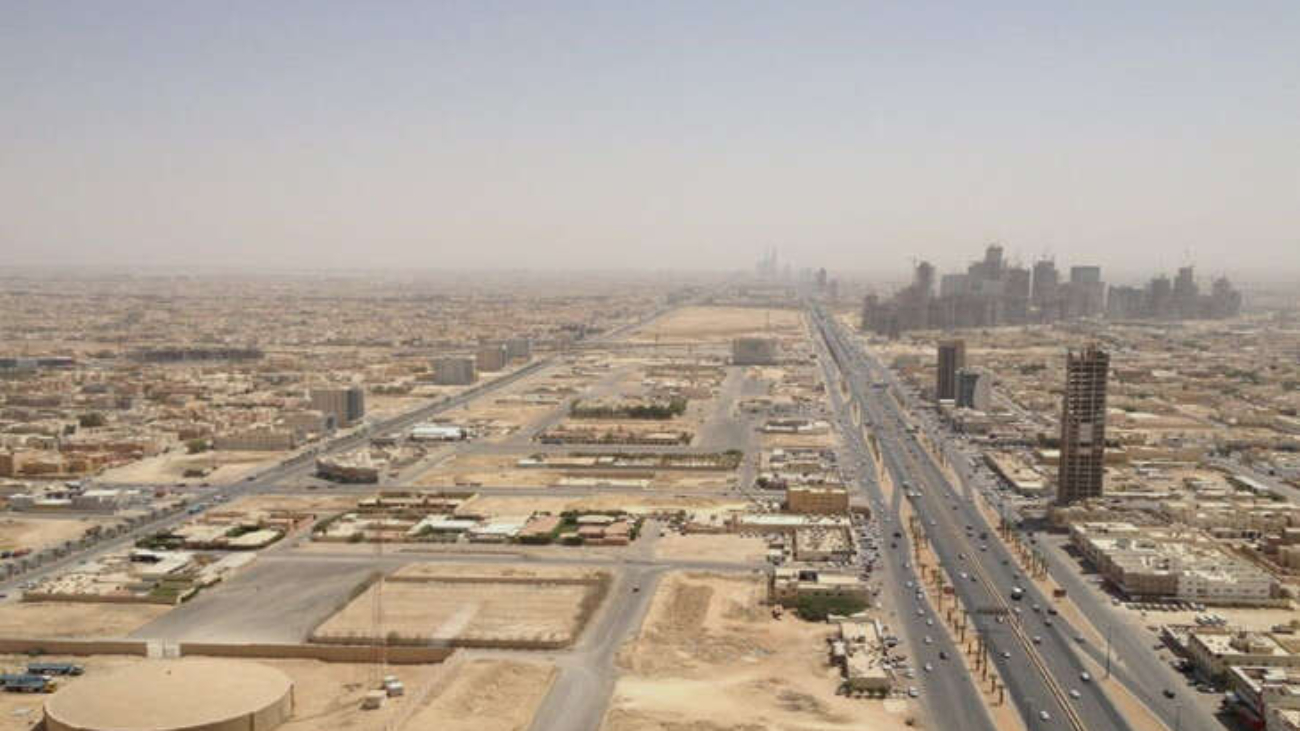The issue of idle land is one of the issues most talked about by the real estate market in the Kingdom of Saudi Arabia, especially after the passage of the idle Land Fees Law, which was passed in 2013, intending to encourage investment and real estate development in the main cities in the Kingdom. Whether in cases of consensual sale and purchase, or cases of a forced sale, mortgage and insurance issues, and others.
Therefore, the Saudi Authority for Accredited valuers issued many recommendations and legislations related to the evaluation of idle land and their effect on idle land law.
First and before talking about valuing idle land, we must talk about what idle land is, the white land fee system, the stages of white land fees, and their objectives to understand their impact on the evaluation process.
What is idle land?
Every vacant land that is normally used for residential and commercial purposes within an urban area, has not been urbanized.
In other words, they are the lands located within the residential and commercial areas, which the owners have not exploited constructively or developed for the purpose of housing or investment.
Some idle landowners prefer to leave it without development, as it is an investment that does not cost anything at present and can generate abundant profit in the future, given the increasing rise in the prices of land and real estate in the Kingdom of Saudi Arabia, which prompted the Saudi government to go to approve the idle land fees system.
What is the definition of idle land fees?
It is an annual fee equal to a certain percentage of the total value of land that has been approved by the Saudi Experts Association. These fees are obligatory for owners of legal non-governmental capacity, or actual owners.
How much is the idle land fee?
The Saudi Experts association has set a value of 2.5% of the total value of the land as the idle land fees to be paid annually, and the value of these fees may vary based on many standards set by the executive regulations of the idle land fees law.
What are the objectives of adopting the idle land fees law?
- Increasing the supply of undeveloped lands to achieve a balance between supply and demand
- Providing residential and commercial lands at fair and suitable prices for middle-income individuals.
- Protection of fair investment competition.
Which cities are targeted by idle land fees law?
- The city of Riyadh
- The city of Jeddah
- Dammam metropolis
- Mecca
- Medina
- Aseer suburb
- The city of Taif
- Jizan region
What are some services that affect the valuation of idle lands?
- Main & sub roads.
- Water, electricity & telecommunications.
- Sewage & flood drainage.
- Educational & health services.
- Security & religious services.
What are the standards adopted by the Ministry of Housing for idle land valuation?
- Price range based on cadastral segments.
divided the spaces into three segments, the first: ranging from 10 thousand square meters to 1.0 million square meters. The second: It starts from more than 1.0 million square meters to 2.0 million square meters. The third: It starts from more than two million square meters or more, and the price of a meter of land decreases from the first to the third segment, and accordingly, the evaluation of the land is started from the segment to which it belongs.
- Types of terrains
Whether there is a “mountain, sea, valley” on the land, the presence of any of them on or around the land will reduce their final value by 30 percent.
- Ten parameters standard
It includes ten parameters for the availability of services and facilities or not, the relative weight of each parameter has been estimated, which is deducted from the value of the land if the estimated ratio for each parameter is not available, roads with a weight of 25 percent, religious services with a weight of 1 percent, security services with a weight of 5 percent Health services weighing 1%, educational services weighing 5%, torrent drainage weighing 3.7%, water weighing 11.4%, sewage weighing 11.8%, electricity weighing 25%, communications weighing 3.5%, the total is The total for those weights is relative to the coefficients to 92.4 percent of the estimated value of the land. To understand the role of these relative weights for utilities and services, in the absence of any of them according to the distance needed to calculate them or not, the value is deducted at the same relative weight of the service or facility. For example, on a land whose value was estimated at 1.0 million riyals, it was found that there is no availability of electricity, water, sanitation, and flood drainage, meaning a total of 51.9 percent for those facilities and services. One thousand riyals only, which is the value upon which the white land fee will be calculated 2.5 percent, which will amount to only about 12.0 thousand riyals, which is the amount of the fee that is less than the amount of the fee on the land “25 thousand riyals” by 51.9 percent, in case it is calculated based on its original value “1.0 million riyals.”
Why do both parties need evaluation services? In this case the Ministry of Housing and the owner of the land?
The fair valuation of idle lands is the only way to protect the rights of owners and government agencies alike, and it avoids double evaluation and the discrepancy between the valuation price and the actual price.
This ensures that government rights are not lost.
Based on the above, the two parties to the case must obtain an approved evaluation issued by evaluation offices accredited by the Saudi Authority for Accredited Valuers.

